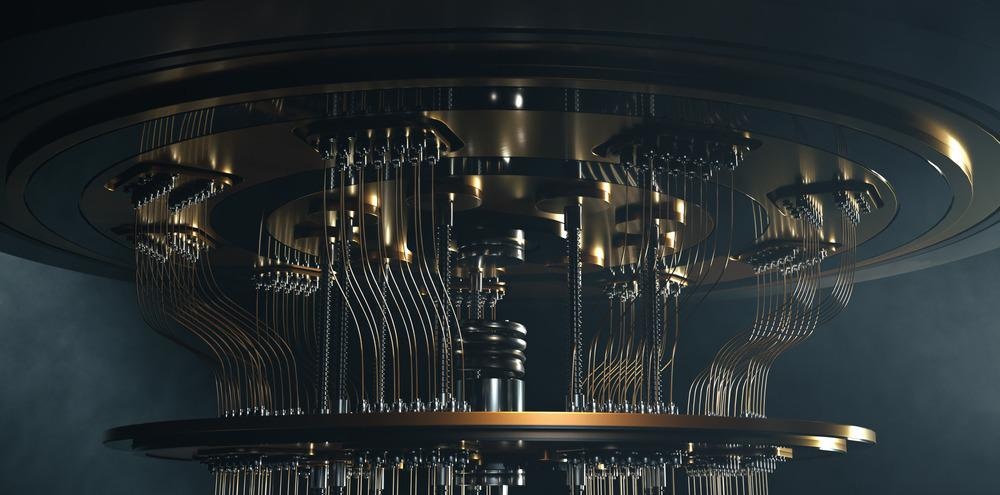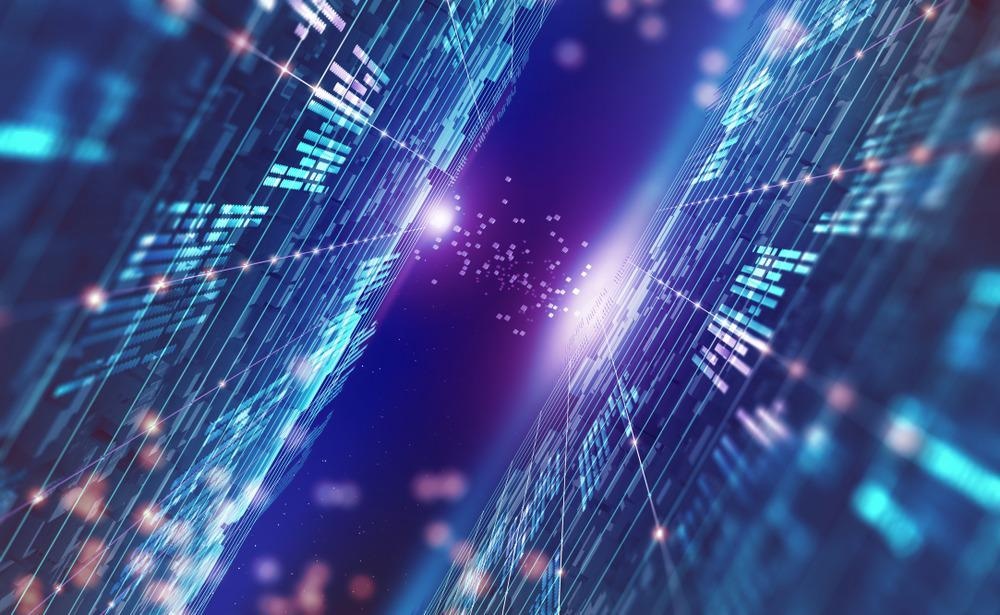Researchers have discovered a new form of magnetism that can both coexist with superconductivity and exist independently of superconductivity in the remarkable new material Sr2RuO4. Sr2RuO4 was discovered in 1994, and has since gained much interest due to its unique quantum mechanical traits.

Image Credit: Bartlomiej K. Wroblewski/Shutterstock.com
The discovery has the potential to spur the development of new quantum electronic technologies including superconducting spintronics, as it shows how Sr2RuO4 can carry lossless electrical currents and magnetic information at the same time.
What is Sr2RuO4?
Strontium ruthenate (SrO) is an oxide composed of strontium and ruthenium. Its chemical formula is Sr2RuO4. The compound, discovered in 1994 by physicists Yoshiteru Maeno and Hideki Hashimoto at Hiroshima University, Japan, was the first perovskite superconductor that was reported that did not contain any copper.
Sr2RuO4 is similar to high-temperature cuprate (copper-based) superconductors in terms of its structure, especially the lanthanum doped superconductor (La, Sr)2CuO4 to which it is almost identical.
The difference is the superconducting phase transition temperature of Sr2RuO4. The value is 0.93 K for Sr2RuO4, which is far lower than cuprate superconductors’ transition temperature for the superconducting phase.
Groundbreaking Research on Sr2RuO4
Sr2RuO4 has great potential to be used for future superconducting spintronics technologies and quantum electronics. Hundreds of studies have confirmed its unique properties since its discovery just a few decades ago.
Despite this, open questions surround the novel compound. Among the most pressing of these questions has been the matter of why Sr2RuO4’s superconducting state exhibits features that are usually only found in ferromagnetic materials, especially when such materials are classically considered as antagonists to superconductors.
An international team of scientists led by researchers at the University of Konstanz, Germany, recently answered this question in a paper published in Nature Communications.
The paper shows that Sr2RuO4 exhibits a previously undiscovered form of magnetism that can coexist with superconductivity while being able to exist independently of superconductivity as well.
The research study took several years and included a team of 26 scientists from nine universities and research institutions around the world. As well as University of Konstanz scientists, researchers from the universities of Salerno (Italy), Cambridge (UK), Seoul (South Korea), Kyoto (Japan) and Bar Ilan (Israel), and from the Japan Atomic Energy Agency, the Paul Scherrer Institute in Switzerland, and the Centro Nazionale delle Ricerche in Italy all contributed to the study.
Manipulating Muons to Find a New Magnetism
The investigation began when Konstanz University researchers started to investigate whether Sr2RuO4’s surface reconstruction might lead to an ordering of electrons that would impart magnetic properties. When Sr2RuO4’s surface restructures, its crystal structure displays tiny changes at the atomic scale.
The scientists soon realized that nobody had investigated this idea because nobody had discovered the best method with which to find evidence of Sr2RuO4’s unique magnetism. They thought such a magnetism would be extremely weak, limited to only a few atomic layers away from the material’s surface.
To find evidence for unique magnetism in Sr2RuO4, Centro Nazionale delle Ricerche technicians created high-quality single crystals of the compound. Large, pure crystals of Sr2RuO4 are technically challenging to produce, but they were essential for the experiment to go ahead. This is because any defects would give a similar signal to the magnetic signal they were looking for.

Image Credit: Yurchanka Siarhei/Shutterstock.com
The next part of their method required a beam of special particles known as muons. The particle accelerator at the Paul Scherrer Institute was used to create a beam of muons for the experiment. This is the only facility in the world that can make muons and implant them with a precision of just a few nanometers.
Muons can be used to detect extremely small magnetic fields. The Paul Scherrer Institute accelerator could place them very close to Sr2RuO4’s surface, a key factor in the experiment’s success.
Using this method, the team was able to detect and characterize the unique magnetic properties of Sr2RuO4. They found that this type of magnetism exists when superconductivity is present, unlike any other type, and that it can also exist independently of superconductivity.
The paper also includes a theoretical model that provides a suggested explanation for how this hidden surface magnetism arises in Sr2RuO4. Whereas conventional magnetism is generated by electrons’ quantum spin properties, Sr2RuO4’s magnetism comes from a cooperative swirling motion of interacting electrons.
This motion generates circulating currents at the nanometer scale. These circulating currents, instead of electrons’ quantum spin, generate the unique weak magnetic forces discovered in Sr2RuO4.
Implications for Quantum Electronics
Uncovering the secret behind Sr2RuO4’s novel form of magnetism will enable researchers to learn more about the material’s other physical properties, including its superconductivity which is also non-standard.
Researchers can also now begin to look for this kind of swirling, circulating current-based magnetism in other materials using the method developed to find it in Sr2RuO4.
This trait could be manipulated and controlled in future electronic devices relying on quantum mechanics for their operation. Previous breakthroughs in quantum physics have brought us devices like the laser, electron microscope, magnetic resonance imaging (MRI), and the modern transistor (the foundation of the information technology revolution).
References and Further Reading
Fittipaldi, R., et al (2021). Unveiling unconventional magnetism at the surface of Sr2RuO4. Nature Communications. Available at: https://doi.org/10.1038/s41467-021-26020-5.
New type of magnetism unveiled in an iconic material. (2021) Phys.org. Available at: https://phys.org/news/2021-10-magnetism-unveiled-iconic-material.html.
Matson, J. (2010). What is quantum mechanics good for? Scientific American. Available at: https://www.scientificamerican.com/article/everyday-quantum-physics/.
Maeno, Y., H. Hashimoto, et al. (1994). Superconductivity in a layered perovskite without copper. Nature. Available at: https://doi.org/10.1038/372532a0.
Disclaimer: The views expressed here are those of the author expressed in their private capacity and do not necessarily represent the views of AZoM.com Limited T/A AZoNetwork the owner and operator of this website. This disclaimer forms part of the Terms and conditions of use of this website.